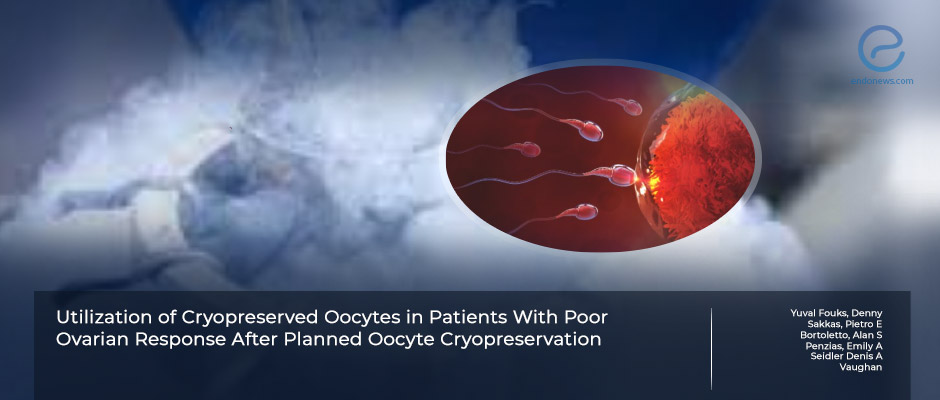What Happens to all Those Frozen Eggs?
Mar 8, 2024
The return rate to use previously vitrified oocytes is low, study finds.
Key Points
Highlights:
- The return rate to use previously vitrified oocytes is low.
- Patients with poor ovarian response are more likely to return to use previously vitrified oocytes.
Importance:
- These findings underscore the importance of providing personalized counseling for each patient undergoing oocyte cryopreservation.
What’s done here:
- Researchers conducted a cohort study of 47,363 patients in the US who underwent autologous oocyte cryopreservation from November 2022 to June 2023.
Key results:
- More patients with a poor ovarian response returned for egg utilization compared to patients with normal ovarian responses.
- Having fewer than 5 vitrified oocytes was associated with a higher rate of return for oocyte utilization.
Limitations:
- The exact reason for oocyte cryopreservation was not known in each case.
- There is no information about the reason why women did not return for oocyte utilization.
- Data is missing about the patients’ reproductive history, which may affect the oocyte utilization rate differently.
- Data is missing about the personal circumstances influencing the decision-making process for oocyte utilization.
Lay Summary
The rate of return to use previously vitrified oocytes is notably low even though there is an increase in the number of patients pursuing oocyte cryopreservation, found a new study published in JAMA Network Open.
According to the authors of the study, patients with a poor ovarian response to stimulation are more likely to return to use vitrified oocytes. However, the time to return is comparable to patients with normal ovarian responses.
“Ultimately, this study accentuates the paramount importance of tailored counseling, blending empirical evidence with the unique attributes and inclinations of each patient,” the authors concluded.
To explore the potential link between ovarian response to stimulation and the number of vitrified oocytes and the likelihood and timing of return for oocyte use, a team of researchers led by Dr. Denis A Vaughan conducted a cohort study in the US. The researchers used data from the Society for Assisted Reproductive Technology Clinical Outcome Reporting System for patients 47 363 patients who underwent planned oocyte cryopreservation between January 2014 and December 2020. During this time, 67 893 autologous oocyte freezing cycles were performed and 13.5% of patients were classed as having a poor ovarian response to stimulation, i.e. having fewer than 5 oocytes vitrified across all cycles.
The results showed that between November 2022 and June 2023, 1203 patients returned for oocyte utilization.
A significantly higher ratio of patients with poor ovarian response returned for oocyte utilization compared to those with normal ovarian response. (4% versus 2.3%).
This trend was most notable in women ages, 30 to 39. The time from vitrification to warming between patients with poor ovarian response and those with normal ovarian response was similar.
The researchers also conducted statistical analyses to identify factors affecting oocyte utilization and found that having fewer than 5 oocytes vitrified was associated with a higher chance of their use. Oocyte cryopreservation is an option to preserve fertility in women with endometriosis among others.
Research Source: https://pubmed.ncbi.nlm.nih.gov/38165675/
oocyte cryopreservation ovarian stimulation fertility preservation in vitro fertilization assisted reproduction

